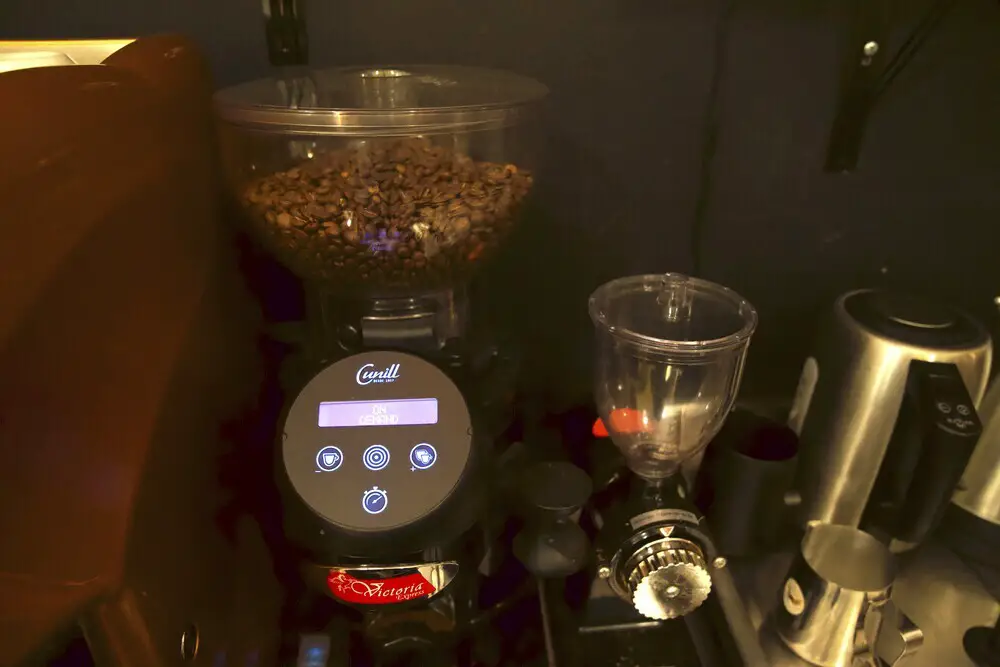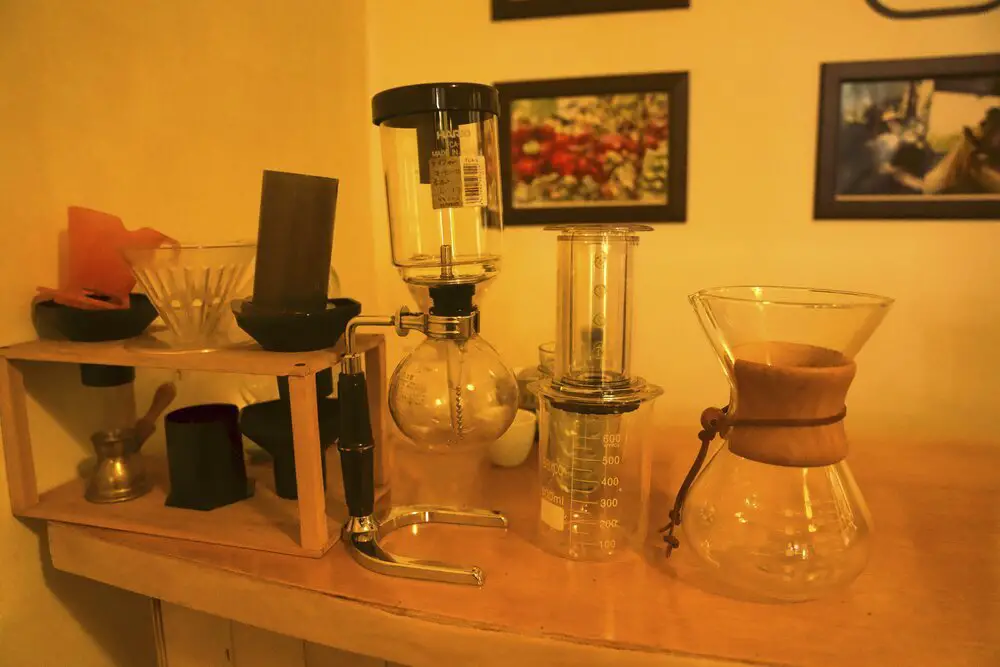You can also grind coffee without a coffee grinder. For a unique coffee experience, however, the coffee grinder is one of the most important utensils.
Table of Contents
What is a coffee grinder?
The coffee grinder is designed to grind the whole roasted coffee beans and turn them into the smallest pieces of coffee. In ancient times, when coffee became popular in the world, the beans were ground with traditional mortars. But over the years, various better models have been developed that are still in use today.
Types of coffee grinders
There is a plethora of different coffee grinders on the market. Which one is right for you?
Manual coffee grinder
These grinders have no cables or electrical connections, they are easy to use and easy to transport due to their size. Most models use burrs to grind the coffee.
Electric coffee grinder
Electric grinders significantly shorten the grinding time compared to manual grinders. Some use grinding wheels or blades.
Coffee grinder with blades
In general, bladed coffee grinders are electric. Its operation is very similar to that of a traditional blender. For the same reason, the result is usually not so smooth.
Coffee grinder with grinding wheels
These mills consist of a lower and an upper toothed ring. The coffee is ground in between. The result is a fine, evenly ground coffee. The degree of grinding can be adjusted by means of the distances between the two rings.
How does a coffee grinder work?
Coffee grinders tend to consist of three important parts, whether they are manual or electric.
- The funnel into which the coffee beans are filled.
- The housing of the coffee grinder, which houses the motor and the parts of the mechanism.
- The dosing cup into which the processed and ground coffee falls and is stored.
Mills have two parts. The upper part, which is usually removable and regulates the coffee grinding point. In some types of hand mills, it is regulated from the base. The lower part that absorbs the power to grind the coffee. In electric mills, it is directly connected to the motor and in hand mills, it absorbs the force that we exert on the crank.
The way coffee grinders work is very simple, whether it is a manual or electric coffee grinder. The coffee comes into contact with the surfaces of the blades or grinders and the coffee is ground. Once pulverized, it goes into the dosing cup.
How does the degree of grinding affect the taste of the coffee?
- When the coffee is coarsely ground, the water encounters less resistance and therefore drips through the coffee more quickly. There is little crema and a mild coffee flavor.
- If the coffee is finely ground, the water in the coffee will meet resistance. The water slowly permeates the coffee. The crema becomes thick and hazelnut-colored and the coffee acquires a bitter taste.
- According to experts, the optimal grinding point is in a medium range, resulting in a consistent and even crema with a pleasant taste with sweet and bitter nuances.
Can I only grind coffee in my grinder?
Some manufacturers place stickers on visible parts of their products warning against grinding products other than coffee and that doing so may affect the grinder’s performance. This is because they are usually disc grinders designed exclusively for grinding coffee.
However, I also use my manual Peugeot coffee grinder for
- Black pepper
- chili peppers
- Cinnamon
- mustard seeds
Although some mills can process these items and have them fully ground, two important points should be noted.
- The aroma of these foods is impregnated in the grinder, so the coffee may have undesirable flavors when ground again.
- If the grinder is damaged when processing other non-approved foods, the manufacturer usually does not fulfill a guarantee.



